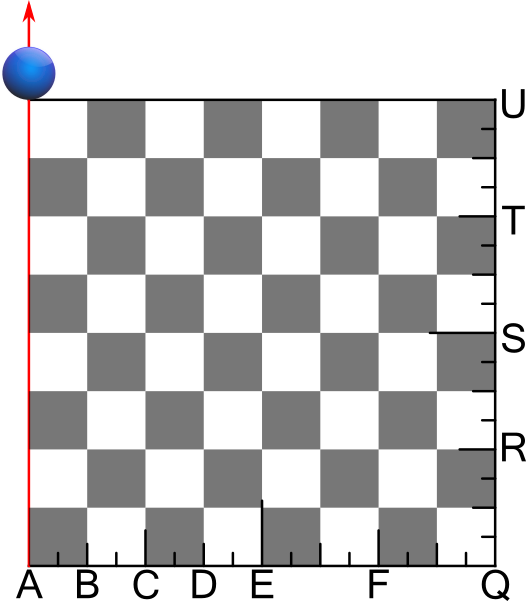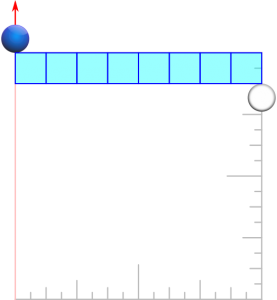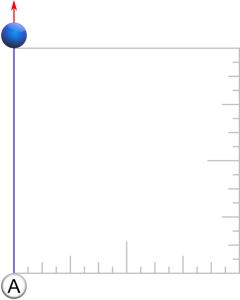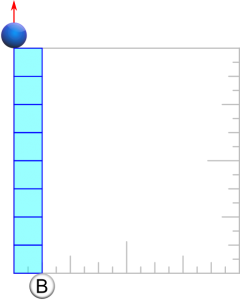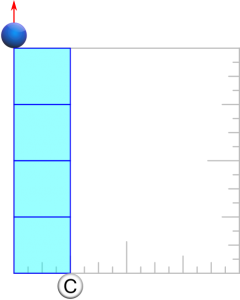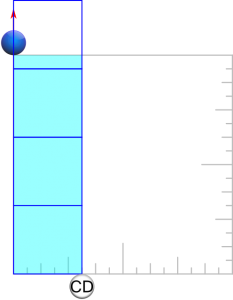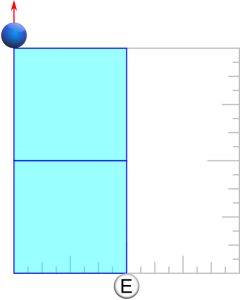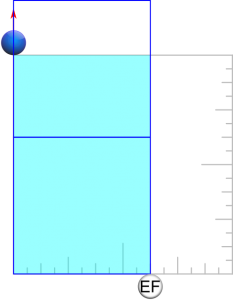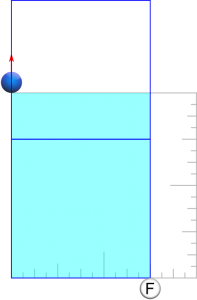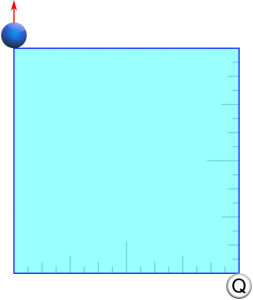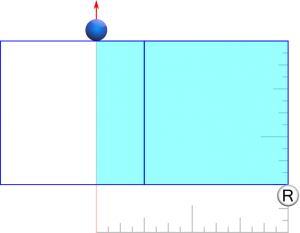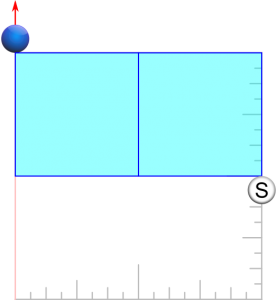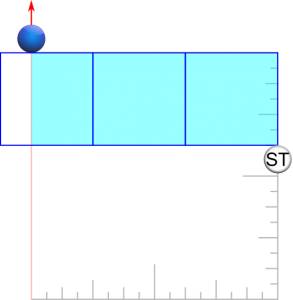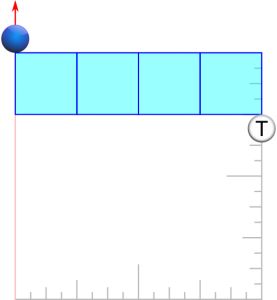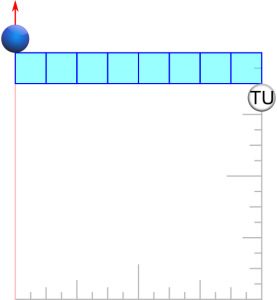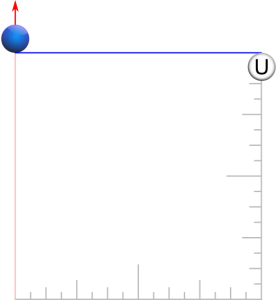SubSquares
The Master Square is a single square that contains all shot angles and all shot rectangles. When drawing our pattern sequences, we were essentially dividing the single large Master Square into the smaller and smaller squares that live inside it.
As we learned in the Theory section, the Master Square is not only one large square but can be divided into smaller squares—4 , then 16, then 64, 256, 1024, etc. A chess board is a good visual example of the Master Square divided into 64 smaller squares. It nicely fits all of our single letter references.
Similar to the Master Square, all shot rectangles can also be built from squares. We will call the squares that make up a shot rectangle “subsquares.” The difference between the smaller squares of the Master Square and the subsquares of a shot rectangle is that the rectangle subsquares are always either vertically stacked in a single column and span the full width of the shot rectangle for shots 45° or under
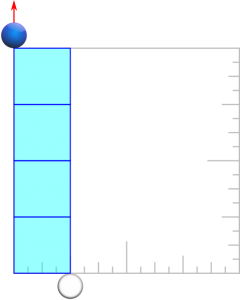
or horizontally side-by-side in a single row and span the full height of the shot rectangle for shots 45° or over.
What makes each shot rectangle unique is the number of subsquares it contains. If we can count the number of subsquares within a shot rectangle, we can determine its corresponding shot label. So let’s learn how many subsquares reside in the main reference rectangles.
We can detect in-between shot rectangles by subsquare totals that are between the totals of any two of the above references.

